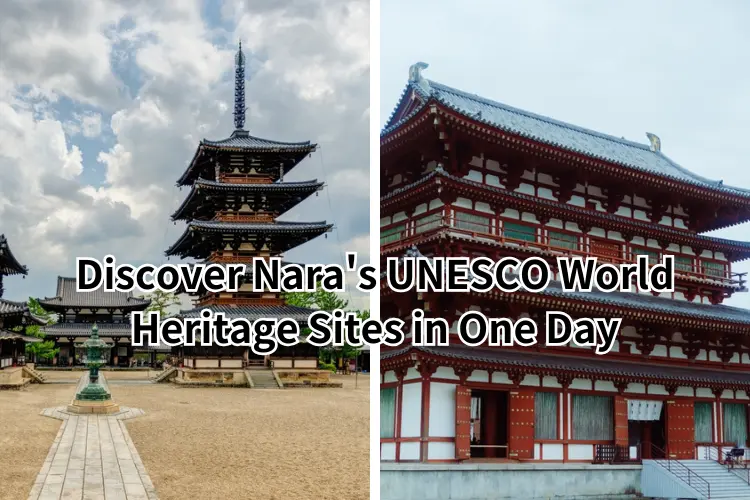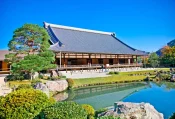Discover Nara’s UNESCO World Heritage Sites in One Day
Nara is a city steeped in history, often regarded as the birthplace of Japanese culture. With its rich heritage and collection of UNESCO World Heritage sites, it offers visitors a unique opportunity to journey back in time and experience the heart of ancient Japan. For those who love history, or simply wish to immerse themselves in Japan’s cultural roots, this one-day itinerary through Nara’s treasured sites is an experience not to be missed.
Overview of the Day’s Itinerary
This one-day journey begins at Kintetsu Nara Station, from where you will visit some of the most iconic temples in the area. The route includes stops at Horyu-ji Temple, Horin-ji Temple, Yakushi-ji Temple, and concludes at Toshodai-ji Temple. Each location is a window into Japan’s deep historical and spiritual heritage, allowing travelers to appreciate the beauty and significance of these ancient landmarks.
Kintetsu Nara Station: The Starting Point
Your journey begins at Kintetsu Nara Station, which is centrally located and easily accessible. This station is not only convenient but also surrounded by amenities. Before embarking on your cultural adventure, you might want to grab a light breakfast or some snacks from the nearby cafes and convenience stores. Nara is known for its welcoming atmosphere, and you’ll find plenty of places to make yourself comfortable before starting your day.
Stop 1: Horyu-ji Temple
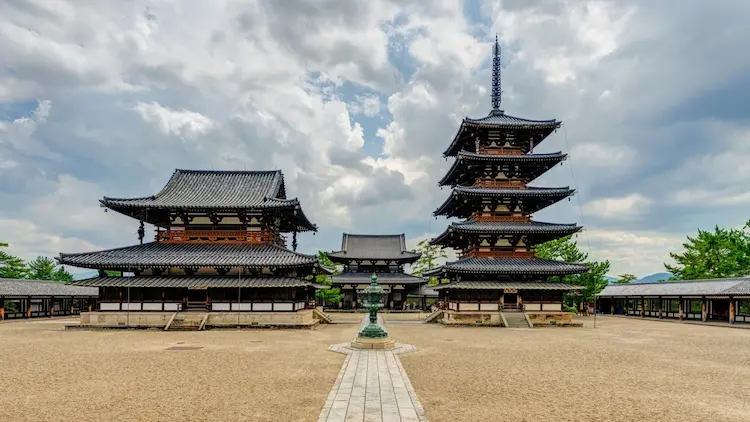
Horyu-ji Temple is our first stop, a monumental site known as one of the world’s oldest wooden structures. Founded in 607 by Prince Shotoku, Horyu-ji Temple is a symbol of Japan’s early embrace of Buddhism. Walking through its gates, you’ll find yourself surrounded by historical treasures, such as the Five-Story Pagoda that towers gracefully over the temple grounds. The sense of age and continuity here is profound, and it’s easy to imagine the generations of monks and pilgrims who have walked these same paths.
Stop 2: Horin-ji Temple
Next on the route is Horin-ji Temple, a serene and less-crowded temple that invites quiet reflection. Horin-ji’s atmosphere is one of peaceful solitude, ideal for those who want a break from the busier temples. This temple, originally constructed in the early 7th century, played a vital role in the spread of Buddhism across Japan. An interesting piece of history lies in its connection to Prince Shotoku, who is celebrated for his contributions to early Japanese culture and Buddhism. Take a moment here to soak in the tranquility, as the simplicity of Horin-ji truly embodies the spirit of ancient Japan.
Stop 3: Yakushi-ji Temple
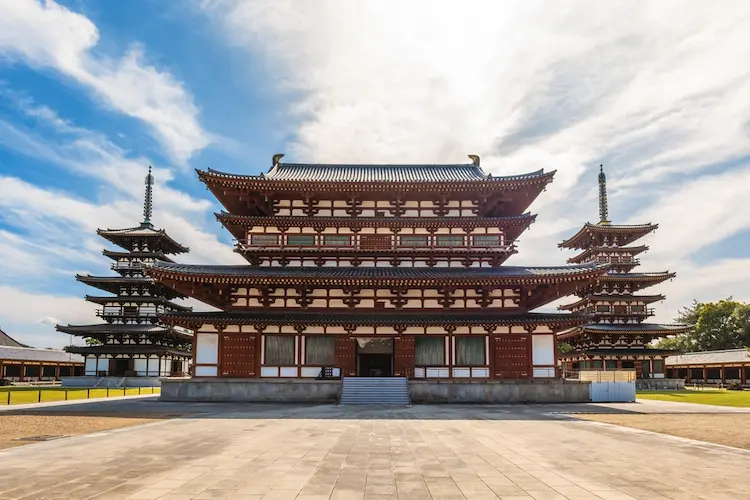
Yakushi-ji Temple, a revered site for the preservation of ancient Buddhist culture, is the third stop on our itinerary. Originally built in the late 7th century by Emperor Tenmu in honor of his consort, Yakushi-ji has stood as a testament to the strength of faith and tradition. The Twin Pagodas that stand proudly on the temple grounds are an iconic feature of Yakushi-ji, symbolizing balance and harmony within Buddhist teachings. The temple’s gardens, with their meticulously maintained flora, provide a perfect spot for a short rest, allowing visitors to reflect on the deep cultural history that surrounds them.
Stop 4: Toshodai-ji Temple
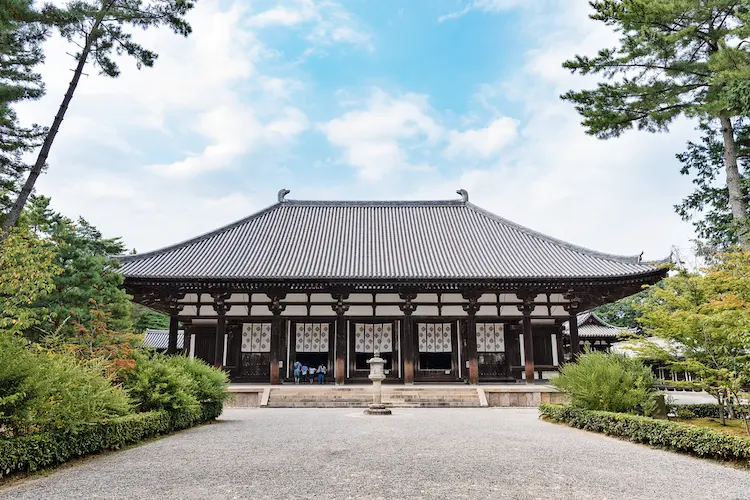
Our final destination is Toshodai-ji Temple, founded by the Chinese monk Ganjin in 759. Toshodai-ji played an important role in spreading Buddhism in Japan, and its historical significance cannot be overstated. The Golden Hall (Kondo), with its stunning architectural detail, serves as the spiritual heart of the temple. The craftsmanship visible in the columns and wood carvings speaks to the artistry of the Nara period. Toshodai-ji’s atmosphere is one of reverence and timeless beauty, a fitting end to a day spent exploring the historical soul of Japan.
Travel Tips for the Route
To make the most of this day, consider using public transportation such as buses or taxis to move between the sites efficiently. Each temple is well connected by local bus lines, and buses are available frequently. For those who enjoy walking, the route offers an excellent way to see the lesser-known corners of Nara. Be sure to wear comfortable shoes, stay hydrated, and plan your visits to avoid the busiest times of the day—typically mid-morning to early afternoon.
●Related Posts
→Getting Around Nara: The Best Transportation Options for Your Trip
Conclusion: A Day Immersed in History
Nara’s temples are more than just historical monuments; they are living symbols of Japan’s cultural heritage. By exploring Horyu-ji, Horin-ji, Yakushi-ji, and Toshodai-ji, you will gain a deeper understanding of Japan’s spiritual and cultural journey. This day-long adventure offers a glimpse into the timeless traditions that have shaped Japanese society. Take your time, breathe in the serene atmosphere, and let yourself be transported to another era.
